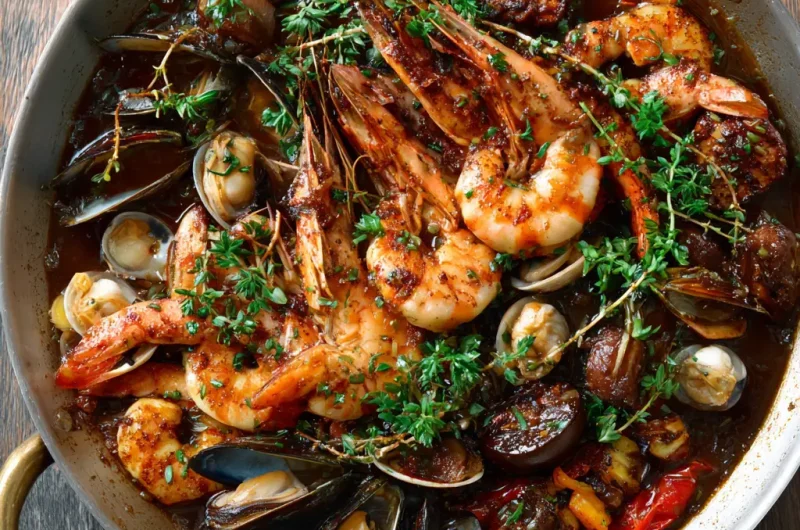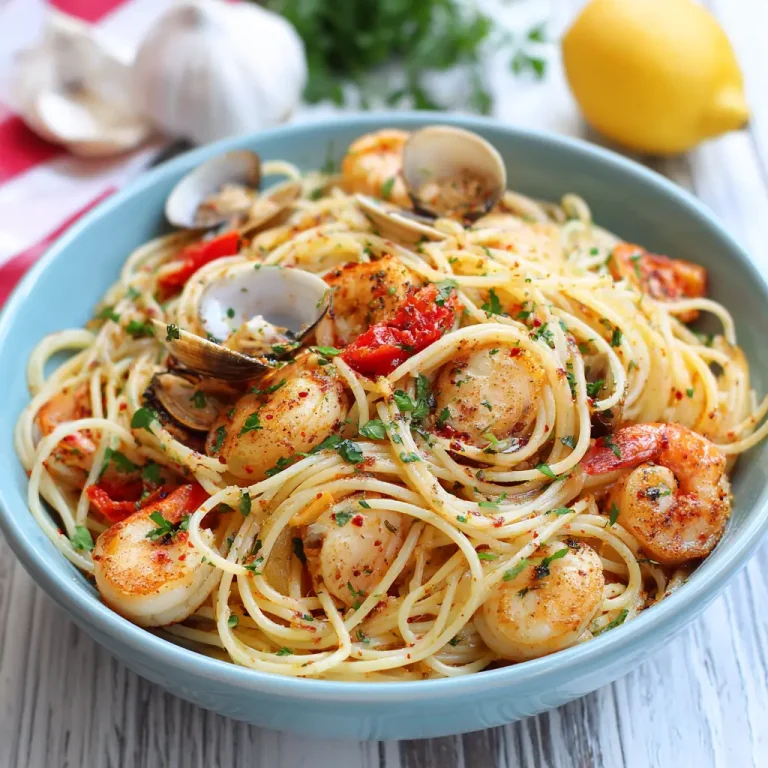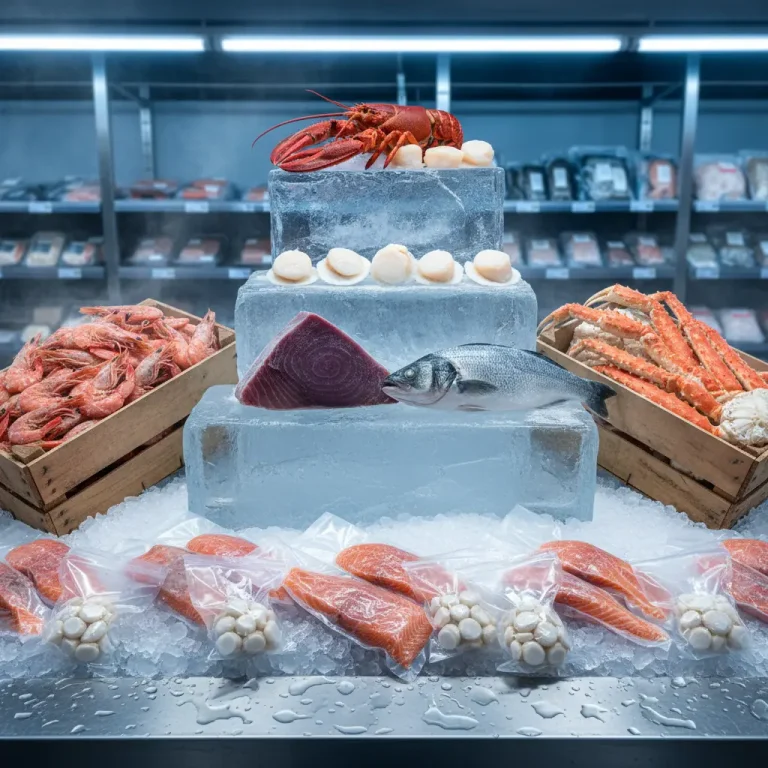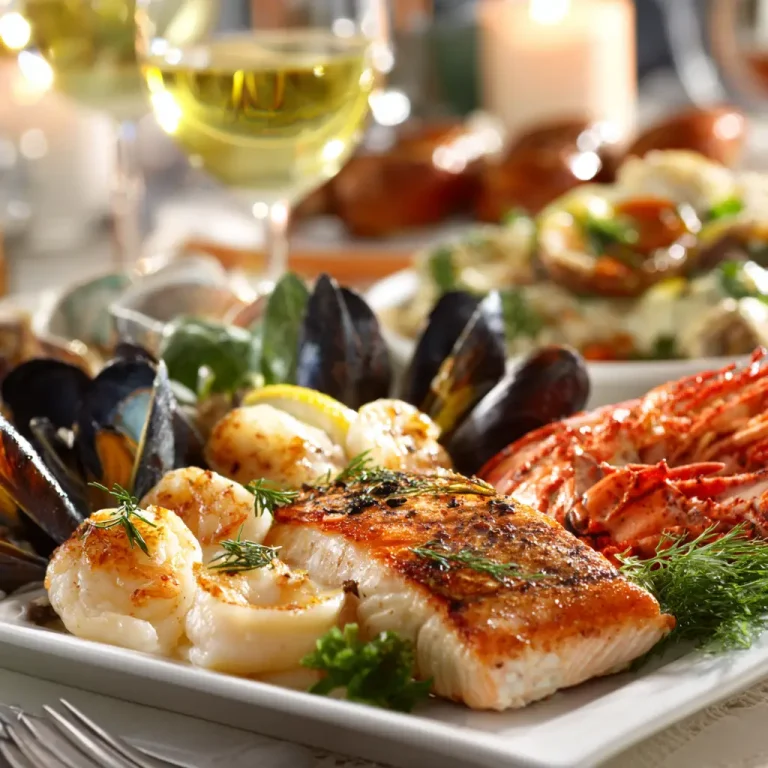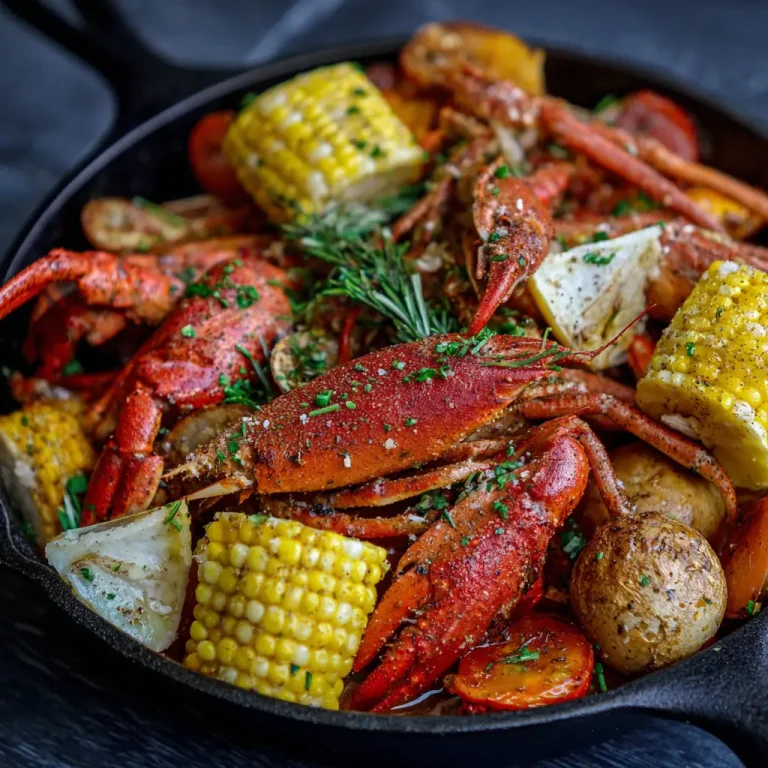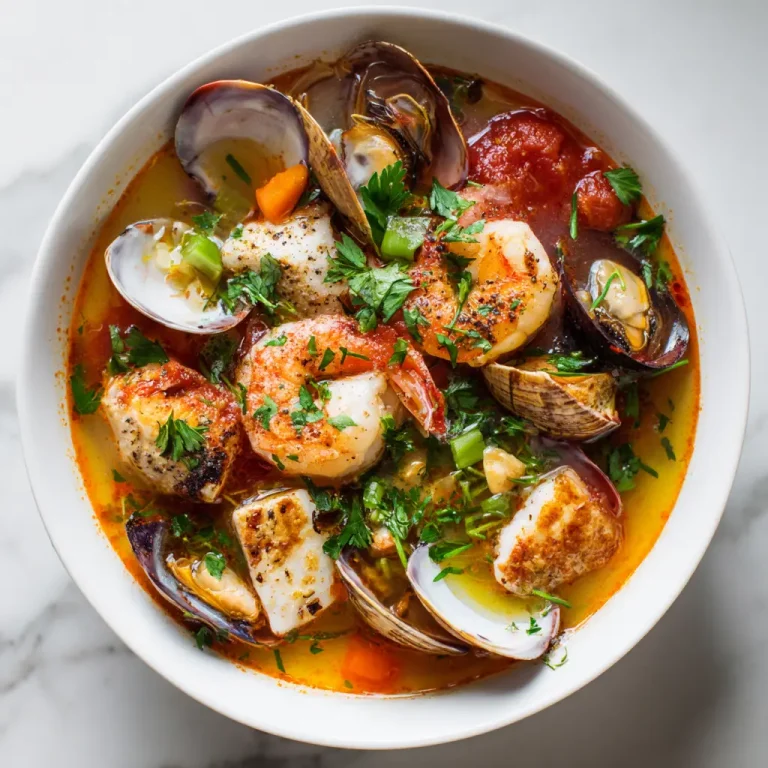Seafood Recipes for Every Home Cook | Easy, Healthy & Flavorful Ideas
Introduction
Seafood offers a world of flavor and nutrition. From briny oysters to sweet scallops, from crisp grilled shrimp to tender fillets of fish, the sea gives us some of the most versatile and delicate ingredients. Cooking a seafood meal well feels like an art: you want to preserve the texture and natural taste while layering bright seasonings. I have spent years exploring seafood in home kitchens and restaurant settings. What I aim to share in this article is a go‑to seafood recipe you can use and adapt — one that combines ease with impressive taste. You will find below a clear path from raw ingredients to a memorable dish, along with tips, nutritional breakdowns, and serving ideas to make your final dish feel special.
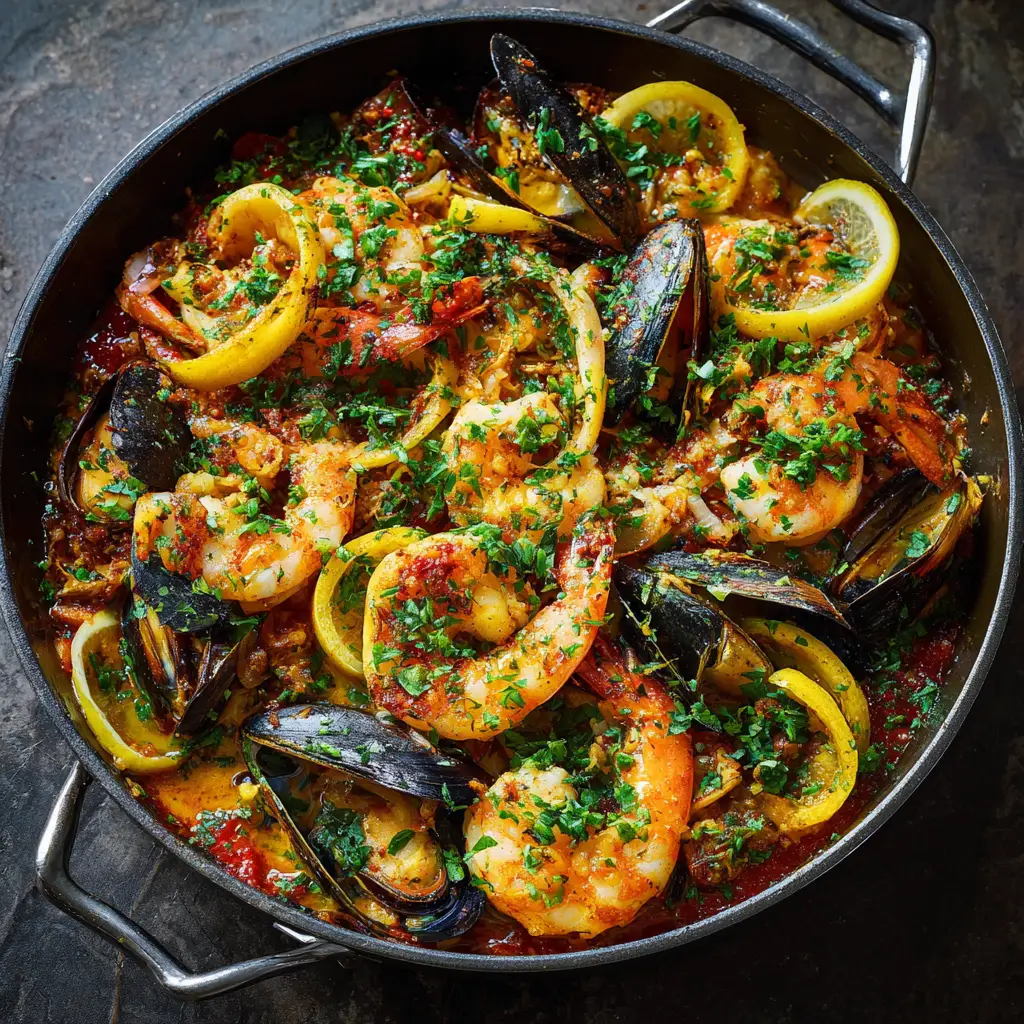
Let us dive into a seafood recipe built around mixed seafood (fish fillet, shrimp, shellfish) in a light sauce that complements all types. You may use whichever seafood you prefer. The goal: a dish that feels fresh, balanced, and flavorful, one that you can serve for a weeknight meal or a small gathering.
Ingredients Needed
Here is a list of ingredients for one recipe (serves about 4). In the table, I include approximate calorie counts for the ingredient portions. (These are estimates; actual values depend on precise weights, species, and cooking losses.)
| Ingredient | Quantity | Approximate Calories* |
|---|---|---|
| Mixed fish fillet (white fish, e.g. cod or snapper) | 300 g | ~ 255 kcal |
| Shrimp (peeled, deveined) | 200 g | ~ 190 kcal |
| Mussels or clams (meat only) | 150 g | ~ 130 kcal |
| Olive oil | 2 tablespoons (≈ 30 ml) | ~ 240 kcal |
| Onion (chopped) | 1 medium (≈ 120 g) | ~ 48 kcal |
| Garlic (minced) | 3 cloves (≈ 9 g) | ~ 13 kcal |
| Tomato (diced) | 2 medium (≈ 240 g) | ~ 44 kcal |
| Bell pepper (diced) | 1 medium (≈ 150 g) | ~ 45 kcal |
| White wine or broth | 100 ml | ~ 20 kcal |
| Lemon juice | 1 tablespoon | ~ 4 kcal |
| Fresh parsley (chopped) | 2 tablespoons | ~ 2 kcal |
| Salt and black pepper | to taste | ~ 0 kcal |
* Calories are approximate and for the raw or liquid form before cooking. Cooking methods (especially oil absorption) will shift those numbers.
Total estimated calories (raw sum) = ~ 991 kcal. Divided by 4 servings gives ~ 248 kcal per serving (plus cooking adjustments).
You can adjust the quantities upward or downward depending on how many people you wish to serve, or which seafood you prefer (for example, scallops, squid, or crab can be substituted).
Step‑by‑Step Cooking Instructions
Here is a clear, human‑friendly procedure. Read the full method first, then cook.
- Clean and prep seafood
Rinse the fish fillets, shrimp, and shellfish (if using mussels or clams) under cold water. Pat dry with paper towels. Trim any bones or unwanted parts. If using mussels or clams, discard any that do not close or open when lightly tapped. - Chop vegetables and aromatics
Finely chop the onion, bell pepper, and garlic. Dice the tomatoes. Chop parsley and set aside. Squeeze fresh lemon juice. - Heat oil and soften onion/garlic
In a large heavy pan or wide sauté pan, add the olive oil over medium heat. Once warm, add the chopped onion and garlic. Stir and cook until the onion becomes translucent, about 3 to 4 minutes. - Deglaze and make base sauce
Pour in the white wine or broth. Scrape any bits from the bottom of the pan. Let it simmer a couple of minutes, reducing slightly. Taste and season with salt and black pepper. - Add the fish fillet
Push the vegetables slightly aside and add the fish fillet pieces. Spoon some sauce over them. Cover the pan, reduce heat slightly, and cook about 4 to 5 minutes on one side. - Add shrimp and shellfish
After the fish has cooked partway, add the shrimp and mussels/clams (meat only). Cover again and cook for another 3 to 4 minutes, until shrimp turn pink and shellfish are heated through. The fish should flake easily with a fork — that signals it is done. - Finish with lemon juice and parsley
Remove the lid. Squeeze lemon juice over the seafood. Sprinkle chopped parsley and gently toss to combine, careful not to break the fish apart. Taste and adjust seasoning if needed. - Rest briefly and serve
Turn off heat and let the pan rest for one minute. The residual heat helps settle flavors. Serve immediately.
Total cooking time (active) is around 20 to 25 minutes once everything is ready. The method emphasizes preserving the texture of each seafood piece and keeping flavors bright.
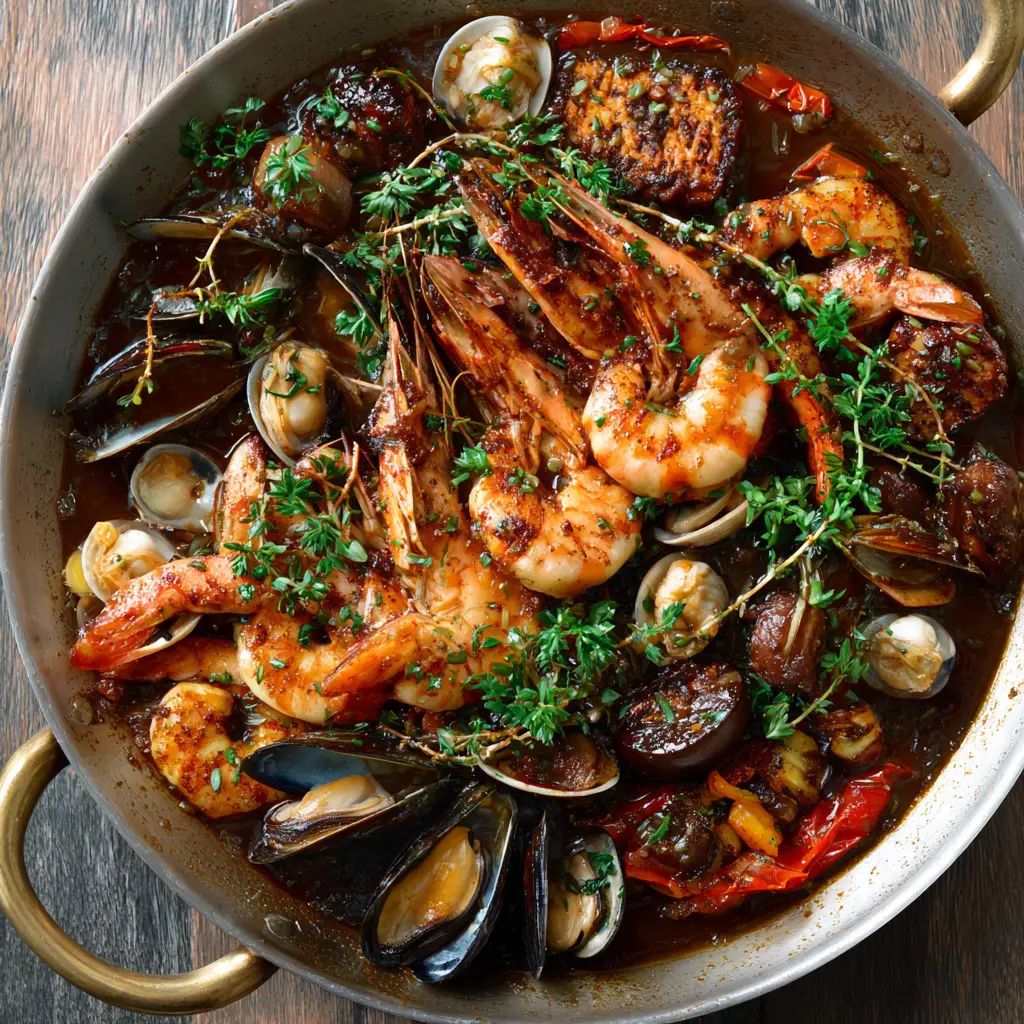
Tips for Customizing the Recipe
You have many ways to adjust this recipe to your taste, dietary needs, or ingredients on hand. Here are some practical ideas:Looking for something similar? Check out _Seafood Boil.
- Use your favorite seafood
Swap in scallops, squid rings, crab meat, lobster chunks, or octopus (thinly sliced and pre‑cooked). Just adjust cooking times accordingly — scallops or squid need only a short time. - Go spicy or mild
Add chopped fresh chili, red pepper flakes, or a dash of paprika or smoked cayenne if you like heat. For milder taste, omit chilies and rely on fresh herbs. - Add vegetables
You can include zucchini slices, spinach leaves, mushrooms, or even green peas. Add them when you add the bell pepper to give time to soften. - Cream vs light sauce
If you prefer a creamier texture, stir in a splash of cream or coconut milk at the end of cooking. But for a lighter dish, keep the base as broth or wine. - Acidity and brightness
Besides lemon juice, you can use a splash of white balsamic vinegar or a bit of lime. Add at the end to preserve freshness. - Herb substitutions
Instead of parsley, use basil, dill, cilantro, or tarragon. Each herb changes the flavor profile nicely. - Adjust serving size
Multiply or divide ingredient amounts to suit more or fewer people. Keep the ratio of seafood to liquid consistent. - Oil or fat alternatives
Use avocado oil, light olive oil, or even a small pat of butter (added near the end) for richer flavor. Watch the calorie impact. - Cooking method
If you prefer baking, you could transfer the mixed seafood and vegetable sauce into a baking dish, top with a little extra olive oil, and bake in a 180 °C (350 °F) oven for 10 to 12 minutes just to finish.
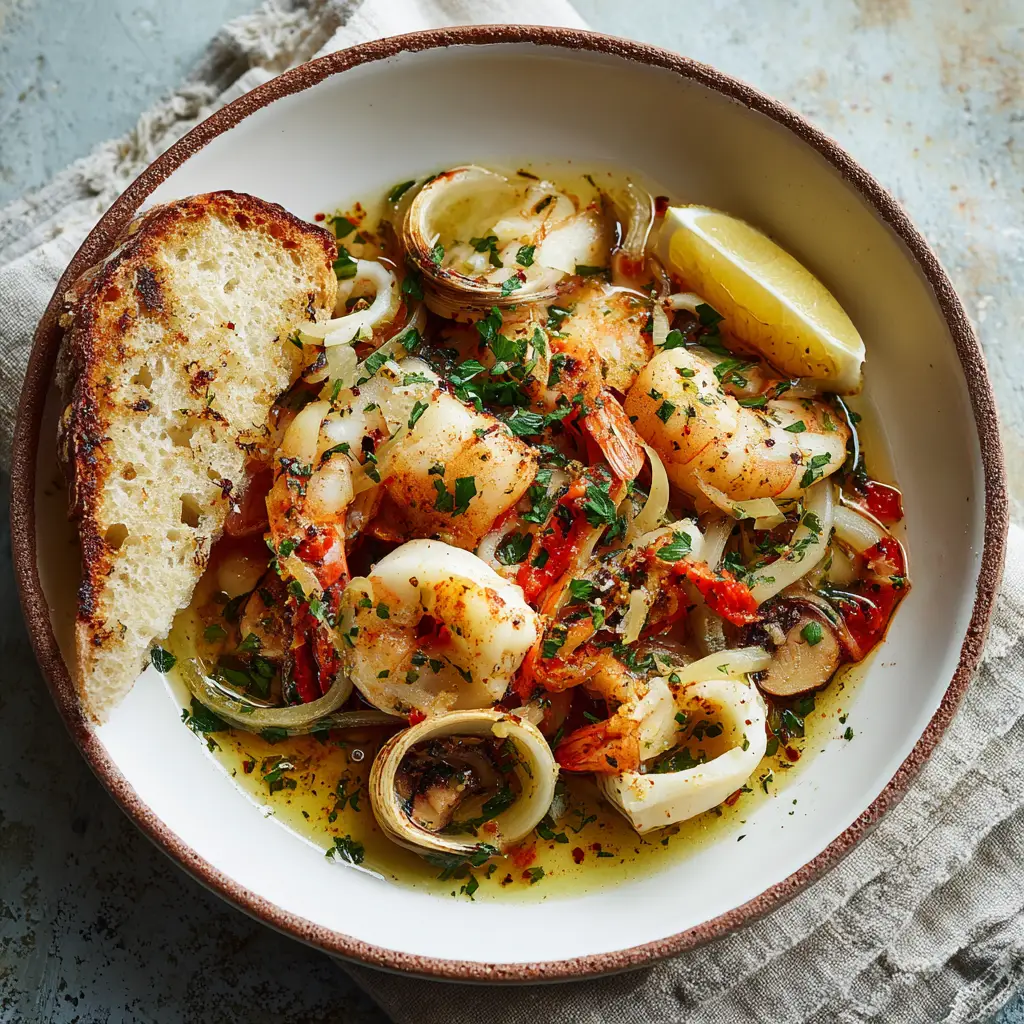
Nutritional Information
Here is an approximate nutritional breakdown per serving (for 4 servings) based on the above ingredients and method. These are estimates; actual values may vary depending on exact species, cooking loss, and ingredient brands.
| Nutrient | Approximate Amount per Serving |
|---|---|
| Calories | ~ 280 to 320 kcal |
| Protein | ~ 30 to 35 g |
| Carbohydrates | ~ 6 to 10 g |
| Fat | ~ 12 to 15 g |
| Saturated fat | ~ 2 to 3 g |
| Fiber | ~ 1 to 2 g |
| Sodium | variable (depends on added salt and broth) |
| Cholesterol | moderate (seafood naturally contains cholesterol) |
| Vitamins & minerals | Good source of B vitamins, selenium, iodine, vitamin D, zinc, magnesium |
Seafood tends to be lean and protein rich, making this dish good for muscle maintenance and general health. Using less oil, reducing salt, and balancing with vegetables will make it even better. For comparison, a baked seafood dish from one recipe site showed ~ 353 calories with 29 g protein, 15 g fat, and 24 g carbs per serving.
Serving Suggestions
How you serve this seafood dish can elevate the experience. Here are ideas:
- With crusty bread or baguette
Dip into the sauce with slices of good bread. The liquid in the pan is part of the joy. - Over rice or grains
Serve on a bed of steamed basmati rice, brown rice, quinoa, couscous, or even barley to soak up flavors. - With pasta
Toss with linguine, spaghetti, or angel hair pasta. Use less broth so the sauce clings to noodles. - With vegetables or salad
Pair with a green salad, roasted asparagus, steamed broccoli, or sautéed greens. The freshness helps balance richness. - Garnish ideas
Add lemon wedges, extra fresh herbs, thin slices of red chili, or a drizzle of good olive oil. - Wine or drink pairing
A crisp white wine (Sauvignon Blanc, Pinot Grigio) or a light rosé works well. For nonalcoholic, try sparkling water with lemon or a light herbal iced tea. - Serve family style
Present the pan in the center of the table so people can help themselves. It feels warm and communal. - Leftover use
If there is leftover, you can fold it into a seafood chowder or soup, or use it as filling for tacos or wraps (reheat gently).
Seafood Recipes for Every Home Cook | Easy, Healthy & Flavorful Ideas
Course: Blog4
servings15
minutes25
minutes~280–320
kcalIngredients
300 g white fish fillet (cod, snapper, or similar), cut into chunks
200 g shrimp, peeled and deveined
150 g mussels or clams (meat only, cooked or steamed)
2 tablespoons olive oil
1 medium onion, finely chopped
3 garlic cloves, minced
2 medium tomatoes, diced
1 medium bell pepper, diced
100 ml white wine or seafood/vegetable broth
1 tablespoon fresh lemon juice
Directions
- Rinse and pat dry all seafood. Trim and cut into desired sizes.
- Heat olive oil in a large pan over medium heat. Add chopped onion and garlic. Sauté until soft and fragrant (about 3–4 minutes).
- Add diced tomatoes and bell pepper. Cook for 4–5 minutes until the vegetables soften.
- Pour in the white wine or broth. Stir and let simmer for 2–3 minutes to reduce slightly.
- Gently place fish fillets in the pan. Spoon some sauce over them. Cover and cook for 4–5 minutes.
Recipe Video
Notes
- Always use fresh or properly thawed seafood to maintain the best flavor and texture.
You can swap in scallops, squid, or crab based on preference. Adjust cooking time to avoid overcooking delicate seafood.
Frequently Asked Questions (FAQs)
What types of fish work best in a mixed seafood recipe?
White firm fish such as cod, snapper, halibut, or sea bass hold up well. You may also include fatty fish like salmon or trout, but cook them carefully so they don’t overcook.
Can I use frozen seafood?
Yes. Thaw the seafood in the refrigerator or under cold running water. Drain well and pat dry to minimize extra liquid. Frozen shellfish or shrimp often release water, so adjust cooking time.
How do I avoid overcooking delicate seafood?
Add delicate items like shrimp or scallops later in the cooking. Use gentle heat. Remove from heat as soon as the flesh is opaque and flakes easily. Resting the pan off heat helps finishing.
Is it safe to eat shellfish (mussels, clams)?
Yes, if they are fresh, cleaned well, and fully cooked until tender. Discard any with broken shells or ones that fail to open (after cooking).
Can I omit wine from the recipe?
Certainly. Use a light broth (vegetable or fish) instead. The wine adds acidity and depth, but it is not essential.
How can I reduce calories or fat?
Use less olive oil, omit optional butter, reduce portion of fatty seafood, and increase vegetables. Serve with greens or salad rather than heavy sides.
Can I make this recipe ahead of time?
You can prepare the vegetable base in advance. But combine with seafood just before serving to keep textures fresh.
Conclusion
A well made seafood dish shows respect for the ingredients. The gentle balance of aromatic vegetables, bright acid, and pure seafood flavor can delight the palate without overwhelming it. I hope the recipe above becomes one you return to often — a reliable go‑to when you want something elegant but not fussy. You can tweak types of seafood, herbs, vegetables, and heat elements to suit your taste. When plated with care and served with simple sides, this dish brings both nourishment and joy to any meal. Let your senses guide you, and enjoy the sea’s bounty in your kitchen.

